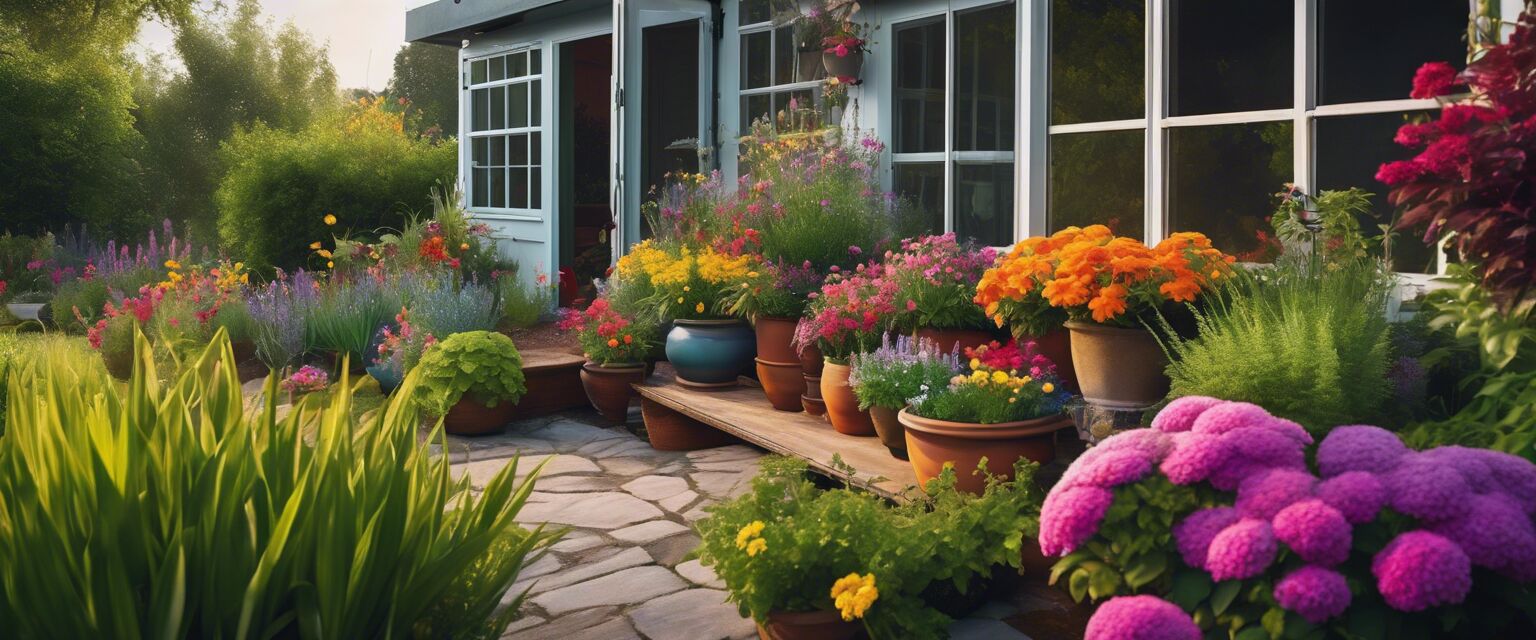
Seasonal Gardening Tips
Key Takeaways
- Understand the unique needs of plants for each season.
- Seasonally adjust your gardening techniques.
- Choose the right plants for your climate and soil.
- Monitor weather changes to protect your garden.
- Use mulch and compost to enhance soil health.
Gardening is a rewarding hobby that can yield fresh produce, beautiful flowers, and a peaceful outdoor space. However, to maximize success, it's important to adapt your gardening methods with the changing seasons. Below, explore essential seasonal gardening tips to ensure year-round growth and harvest.
Spring Gardening Tips
Spring is the season of renewal and the perfect time to start preparing your garden for planting.
- Remove any debris from your garden.
- Test the soil pH and amend as necessary.
- Start seeds indoors for vegetables and annuals.
- Plan your garden layout while considering companion planting.
Choose the Right Plants
Selecting plants that thrive in your climate is crucial. Some popular choices for spring include:
| Vegetables | Flowers |
|---|---|
| Tomatoes | Pansies |
| Beans | Snapdragons |
| Cucumbers | Petunias |
Summer Gardening Tips
In summer, it's all about maintaining healthy plants and ensuring they have enough water.
- Water early in the morning to prevent evaporation.
- Add mulch to retain soil moisture.
- Regularly check for pests and take action promptly.
- Fertilize every 4-6 weeks for optimal growth.

Pruning and Harvesting
Keep your plants in shape. Prune overgrown plants and start harvesting crops that are ready.
Pros
- Increased yield through proper care.
- Encourages new growth.
- Reduces disease spread with regular maintenance.
Cons
- Requires commitment and time.
- Pest issues may arise unexpectedly.
- Heat stress can affect some plants.
Fall Gardening Tips
As the temperatures cool, fall offers a great opportunity to prepare for the next growing season.
- Plant cover crops to improve soil health.
- Remove spent plants to prevent pests.
- Start preparing garden beds for winter.
- Gather seeds from your best plants for next year.

Planning for Winter
Proper winter preparation is key to a successful spring garden. Consider the following:
| Winter Preparation Tasks | Notes |
|---|---|
| Cover crops | Helps enrich the soil. |
| Mulch | Insulates roots against frost. |
| Winter planting | For hardy varieties like garlic. |
Winter Gardening Tips
While most gardens lay dormant in winter, there’s still work to do to ensure a bountiful return come spring.
- Check on indoor plants and adjust watering.
- Use row covers for any late fall or early winter crops.
- Plan next year's garden layout and plant selection.
- Organize gardening tools and supplies.
Beginner’s Tips for Seasonal Gardening
- Start small—choose a few plants to manage at first.
- Research your hardiness zone to select appropriate plants.
- Keep a gardening journal to track your successes and challenges.
- Join gardening communities for support and advice.
Conclusion
Gardening through each season can seem daunting, but with the right information and preparation, it can be an enjoyable and rewarding process. Utilize these seasonal gardening tips to ensure your garden flourishes year-round. Whether you’re working on garden furniture or selecting organic gardening supplies, each season brings new opportunities and challenges that can be embraced with care and enthusiasm. Happy gardening!








